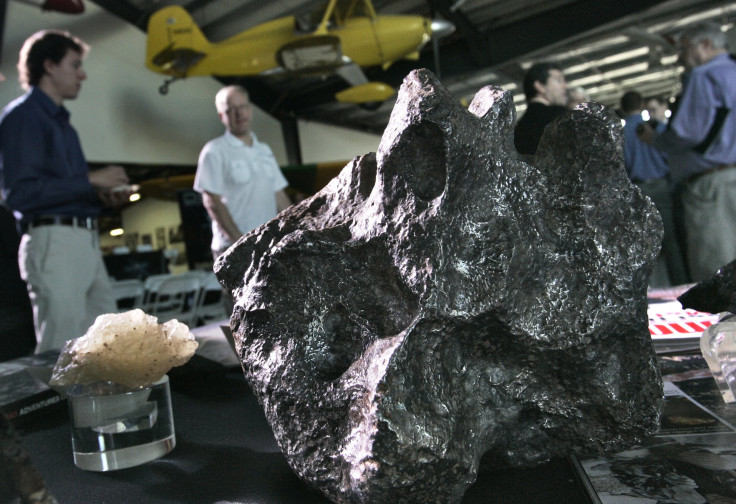New laser technology de-spins tiny asteroid

A new system has been developed that could be useful to stop the rotation and deflect a spinning asteroid heading toward Earth. Experts used an enhanced laser technology in a simulation to change the mass of an asteroid-like object and produce a “rocket engine” using the asteroid itself as the propellant.
A team of students from the Directed Energy System for Targeting of Asteroids and exploration, or DE-STAR, has designed a simulation of a spinning asteroid to find out if they could slow, stop, and change its rotation direction through a laser. The simulation was based on the scenario of harnessing solar energy and converting it into a massive phased array of laser beams.
Simulating a space condition using basalt, which has the composition similar to known asteroids, the magnets spin the object to gain the similar speed of the rotation of an asteroid travelling in space. The team then directed the laser in the opposite direction of the basalt to reduce the rotation speed.
Through the process called laser ablation, the heat from the laser erodes the material from the sample, affecting its mass and speed.
“What happens is a process called sublimation or vaporization, which turns a solid or liquid into a gas,” said Travis Brashears, a student at UC Berkeley who leads the group. The gas causes a plume cloud, or mass ejection, which generates an opposite and equal reaction or thrust.
The capability to manipulate the speed of a spinning asteroid offers another significant possibility in space, according to Philip Lubin, the co-creator of DE-STAR and a professor of physics at the University of California, Santa Barbara. The technology would offer benefits for scientists to easily explore, capture and mine asteroids in space.
“All asteroids rotate… To mine an asteroid, it needs to be moving slowly enough so you can capture it,” Lubin stated. “Our lab experiments show very graphically a practical way to de-spin or redirect an asteroid. It’s a vivid demonstration that the technique works very well.”
The students also presented another concept on the use of lasers. The DEEP-IN project, or the Directed Energy Propulsion for Interstellar exploration, aims to discover the capability of lasers to use photons to produce thrust to propel a spacecraft.
The photons propulsion will allow the possibility of relativistic flight, or approaching the speed of light, for the small spacecraft in future interstellar missions.
In addition, the team also tested a photon recycler, a device that reuses photons from the laser through reflecting photons back and forth with a mirror onto the spacecraft reflector. The process will produce a force multiplication that will allow the vehicle to go faster, according to Brashears.
Contact the writer at feedback@ibtimes.com.au or tell us what you think below






